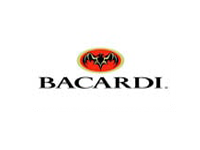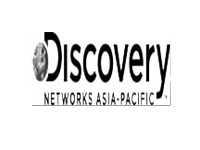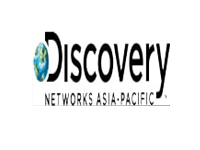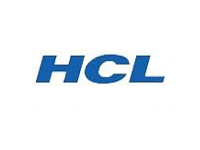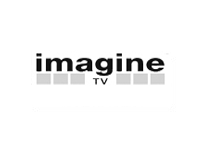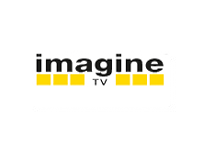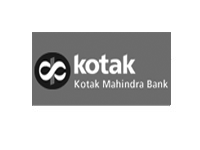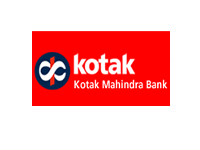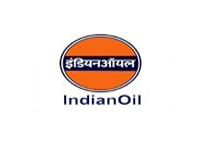The Ultimate Guide to Translation Services: Navigating Global Communication
Translation services play a crucial role in bridging language barriers and facilitating global communication. Understanding the different types of translation services available can help businesses and individuals choose the right service for their specific needs. Among the various types, literary translation, technical translation, legal translation, medical translation, and localization services are the most commonly sought after.
Literary translation involves the translation of books, poetry, and other forms of art. This type of translation requires not only linguistic proficiency but also a deep understanding of cultural nuances and creativity. Translators must capture the original tone, style, and emotional impact, making it a challenging but rewarding field. For example, translating a novel from English to Spanish requires the translator to convey the same literary quality and cultural references that resonate with Spanish-speaking readers.
Technical translation is another specialized field that involves translating user manuals, instructional guides, and other technical documents. Precision and subject matter expertise are paramount in this type of translation. Translators must have a thorough understanding of technical terminology and concepts to ensure accuracy and clarity. A common use case is the translation of software documentation, where the precise conveyance of technical details is essential for user comprehension.
Legal translation pertains to the translation of legal documents such as contracts, court transcripts, and patents. This type of translation demands a high level of accuracy and a deep understanding of legal terminology and concepts. Any errors or ambiguities can have significant legal implications. For instance, translating a contract for an international business transaction requires meticulous attention to detail to ensure that all legal stipulations are accurately conveyed.
Medical translation involves translating medical records, research papers, and pharmaceutical documents. Given the critical nature of medical information, accuracy and subject matter expertise are crucial. Translators must be well-versed in medical terminology and ensure that translated documents meet regulatory standards. An example would be translating clinical trial reports for submission to international regulatory bodies.
Localization services go beyond mere translation to adapt content to fit the cultural and regional specifics of the target audience. This involves modifying elements such as date formats, currency, idiomatic expressions, and cultural references to make the content more relevant and engaging. For instance, a marketing campaign for a product in Japan would require localization to reflect Japanese cultural norms and consumer behavior, ensuring that the message resonates with the local audience.
In conclusion, each type of translation service has its unique requirements and applications. Choosing the right service based on the specific needs of the content and the target audience is essential for effective communication and successful global outreach.
Choosing the Right Translation Service Provider
When selecting a translation service provider, several critical factors must be considered to ensure that your global communication needs are met effectively. First and foremost, it is crucial to assess the provider’s expertise in specific languages and industries. A provider with a deep understanding of the target language and industry-specific terminology can deliver translations that are not only accurate but also contextually appropriate.
Certification and accreditation are also vital criteria. Reputable providers often hold certifications from recognized organizations, which serve as a testament to their quality and reliability. Additionally, their use of advanced technology and tools, such as Computer-Assisted Translation (CAT) tools and Machine Translation (MT), can significantly enhance the efficiency and consistency of their services.
Quality assurance processes are another critical aspect to consider. Ensure that your provider has robust proofreading and editing mechanisms in place to guarantee that the final output is error-free and meets the highest standards of quality. This typically involves multiple stages of review by skilled linguists, which can be a decisive factor in the overall quality of the translation.
The cost-effectiveness of a translation service provider is also an essential consideration. Different providers may offer varying pricing models, such as per-word rates, hourly rates, or flat fees. It is important to evaluate these models in the context of your budget and the scope of your project to determine which offers the best value for your investment.
Assessing a provider’s reputation can provide invaluable insights into their reliability and service quality. Reviews, testimonials, and case studies are excellent resources for evaluating past client experiences and the provider’s track record. A provider with consistently positive feedback is likely to deliver satisfactory results.
Establishing a good working relationship with your translation service provider is paramount. Clear communication and setting realistic expectations from the outset can prevent misunderstandings and ensure the project runs smoothly. Providing comprehensive project briefs and maintaining open lines of communication throughout the project can facilitate a collaborative and productive partnership.
In conclusion, choosing the right translation service provider involves a thorough evaluation of their expertise, certification, use of technology, quality assurance processes, pricing models, and reputation. By following these guidelines and maintaining clear communication, you can select a provider that meets your specific needs and ensures the success of your global communication efforts.




